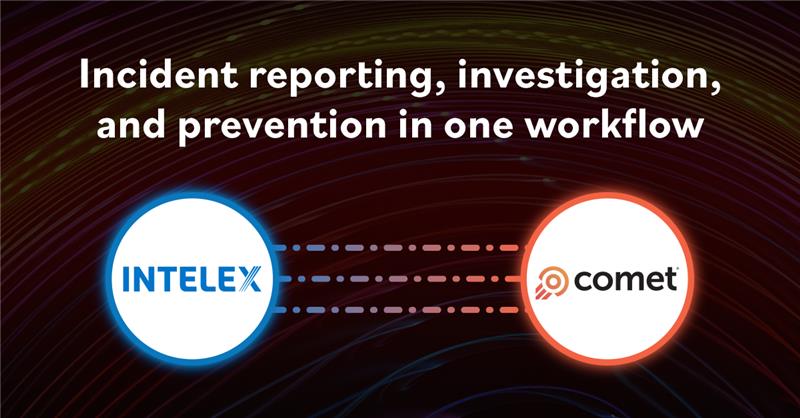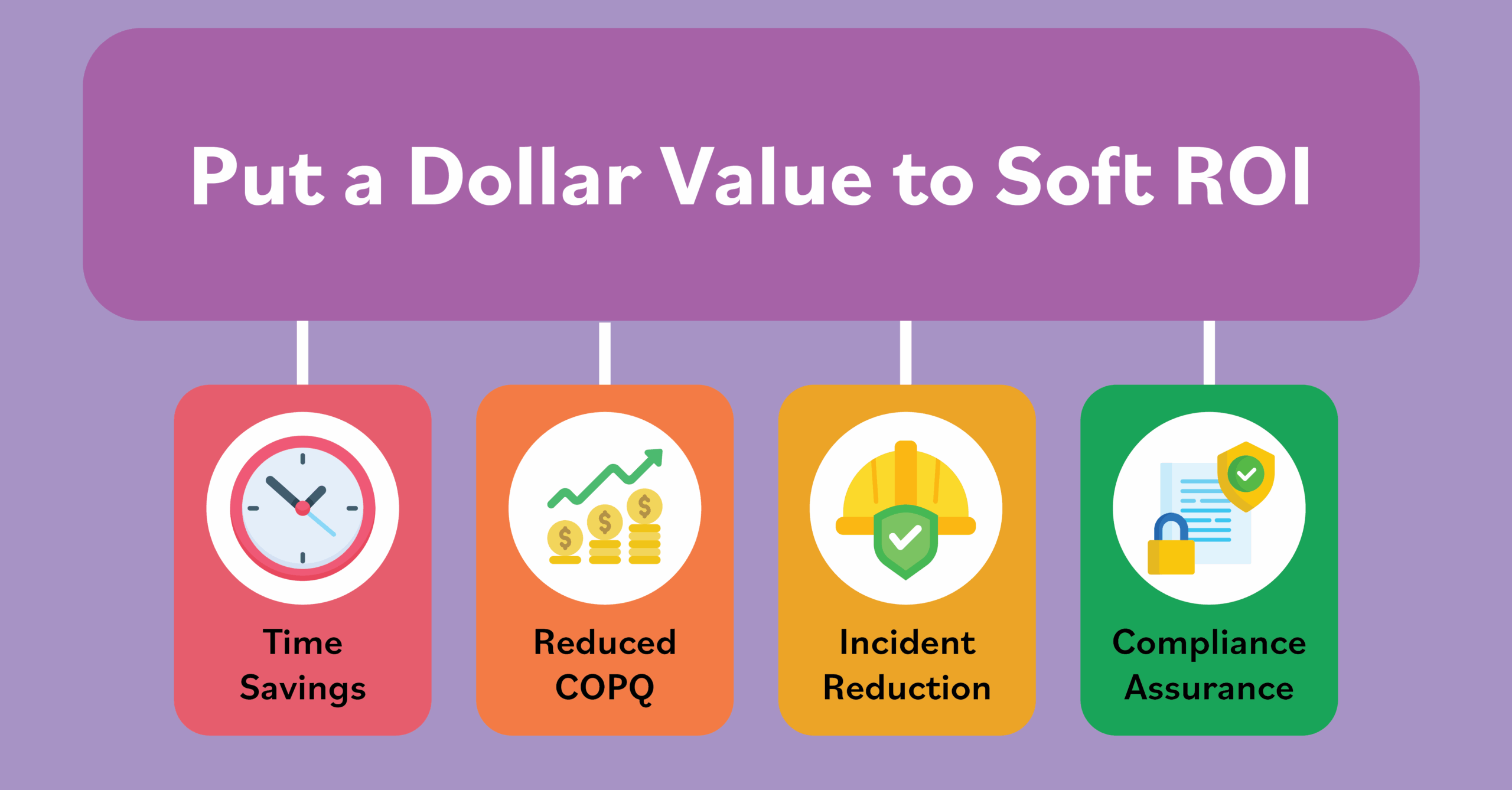Incident Management: Is Your OSHA Recordkeeping Capturing Every Recordable Incident?
March 2, 2022

Employers in private industry reported 2.7 million non-fatal workplace injuries and illnesses to the U.S. Department of Labor in 2020 as part of OSHA recordkeeping reporting. That’s a lot of paperwork.
Under the Occupational Safety and Health Administration (OSHA) standard Part 1904, many employers with more than 10 employees are required to record and report any work-related fatalities, injuries and illnesses of their covered employees using OSHA Recordkeeping Forms 300, 300A and 301. (Certain low-risk industries are exempted, and minor injuries requiring first aid only do not need to be recorded.)
A 2018 report submitted to the United States Congress by the Office of Inspector General for the Department of Labor observed that, “OSHA did not have controls in place to ensure that it had complete information on the number of work-related fatalities and severe injuries. In fact, during the course of (a) review, OSHA’s former assistant secretary estimated that perhaps 50 percent or more of severe injuries had gone unreported.”
Incident Reporting Hampered by Underreporting
Underreporting of incidents continues to be a problem. Jason Barry, an Intelex enterprise account executive and president of the Snake River Chapter of the American Society of Safety Professionals (ASSP), says there’s a lot of what he calls “pencil whipping” when it comes to recording incidents because many don’t necessarily look at cases as deeply as they should.
Barry says it’s essential to examine each individual case and to go through a decision analysis to determine whether an incident should be recorded, as well as ensure the right information for a recordable incident is gathered.
“That’s another part that I think is often overlooked,” he says. “People don’t do that – they just say, based on their own knowledge, this is recordable or is not recordable. And a lot of times the only thing they look at is whether (an employee) went to a doctor and was given treatment or not.”
Some companies put the onus on workplace supervisors to make the determination of recordability, even though they may not fully understand the requirements found in OSHA regulations (US) or Reporting of Injuries, Diseases and Dangerous Occurrences Regulations (UK).
These supervisors might be handed an incident form to fill and given vague instructions on what should be reported and why – direction that would then require whoever fills out the incident form to interpret meaning. Some organizations might gather more recordables than they need to, Barry adds, suggesting that incident analysis “could get rid of a few.” It’s where a decision-making tool and technology can help.
Incident Reporting Software Removes the Guess Work
“This software helps to make it easy for those supervisors and others who don’t have the expertise to know what information should be entered,” Barry says, adding that Intelex’s Safety Management Software provides that ability.
“With (the Intelex tool) EHS can say, ‘OK, supervisor, you do the reportability and we’ll verify it, but to make it easier for you and so you don’t have to really think about it, just answer these questions in the (Intelex) OSHA decision tool. It will give you a recommendation on whether it is recordable or not.”
Intelex Process Improvement Leader Angelo Cianfrocco says every incident or event that goes unreported can affect the social health of a workforce and is a missed opportunity to learn and move an organization towards greater safety. There are three major reasons why underreporting of incidents and events occurs, he says:
- Culture – There can be an explicit (or, more often, an implicit) suppression of incident reporting. Do you want to report that laceration and ruin a company’s days-without-a-recordable streak? The answer to that paradox is usually suppression, Cianfrocco says. Culture can drive suppression, which he characterizes as good intentions gone astray rather than malicious intent. Goals, and key performance indicators hinging on the number of incidents, recordables, days away and other factors are usually put in place to help drive a focus to safety, but the good intention can lead to unintended and undesired consequences.
- Availability – Workers are busy and a streamlined way to report an incident or especially a near miss or hazard observation is essential. Convenience is king, and if the ability to report isn’t easy and straightforward then it isn’t likely to happen. Technology can help to make the process of entering incident information simpler and it can ensure the right person gets incident information, via workflow automation. It also eliminates the need for workers to figure out who to pass along this information.
- Training – Employees need training to know how to fill out and submit reports and to recognize what are the events or incidents that must be logged and reported. Just as importantly, they need to understand the “why” behind the importance of being diligent and dutiful in reporting. Without such context, employees may not see the value, which may discourage submitting a report.
Nathan Brayman, an occupational safety expert and former safety performance manager, says he thinks the biggest challenge to incident mangement and reporting is convincing a company that has for 50 or 100 years measured safety in terms of days since the last lost-time injury to move away from that approach. “How do you actually get that to change and focus on things like valued behaviors? I think that’s the hardest part of recordkeeping.”
It discourages incident reporting, Brayman says. “Even if something is obviously recordable, you may not hear about it or you may get a lot of pushbacks. Depending on the political nature of your work environment, (incidents) just may go on unrecorded and it can become quite a mess.”
Want more insights into incident management and reporting? Download the Intelex Report, Reporting Injuries and Illnesses: Are You Collecting the Right Data for OSHA Recordkeeping, to learn more about the rules and requirements of OSHA recordkeeping, what needs to be reported and where things often get tricky for safety professionals.






